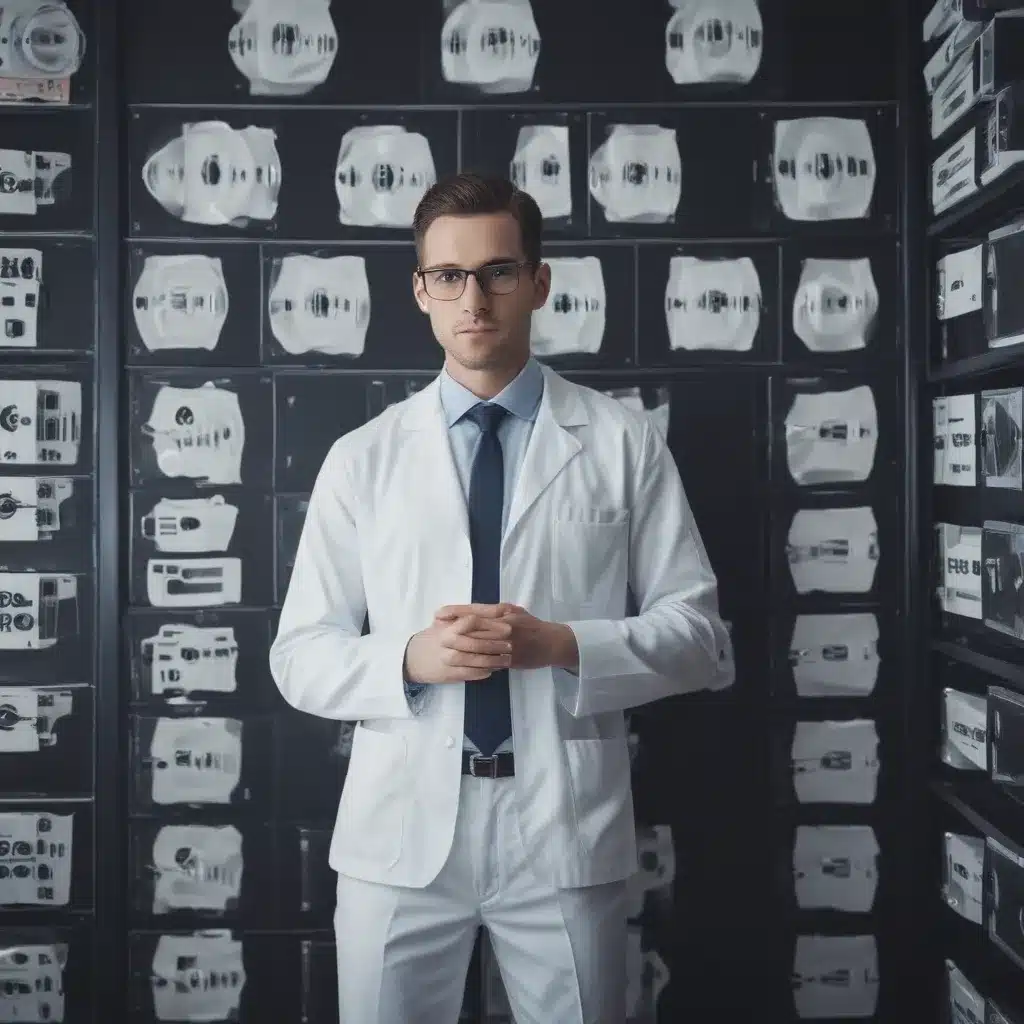Backups, Clones, and the Battle for Your Data
You know the feeling – that sinking sensation when your computer starts acting up, or worse, refuses to boot up at all. Your heart sinks as you realize the unthinkable has happened – your hard drive has failed, and all your precious data is at risk.
Well, my fellow tech-savvy friends, I’m here to tell you that the battle for your data doesn’t have to be an epic struggle. In fact, with the right tools and a little know-how, you can keep your digital kingdom safe and sound. Today, we’re diving into the age-old debate: cloning vs. imaging. Which one is the superior method for protecting your precious data? Let’s find out, shall we?
Cloning: The Speedy Sidekick
Imagine your hard drive as a beloved pet – you’ve been together through thick and thin, and the thought of losing it is enough to send you into a tail spin. That’s where cloning comes in as the trusty sidekick, ready to save the day at a moment’s notice.
Cloning is the process of creating an exact, bit-for-bit replica of your hard drive [1]. It’s like making a photocopy of your entire computer – every single file, folder, and even the operating system is duplicated onto a new drive. The beauty of cloning is that it’s lightning fast. If disaster strikes and your original drive bites the dust, you can simply swap in the cloned drive, and boom – you’re back in business, right where you left off [2].
But don’t let the speed of cloning fool you. It comes with its own set of challenges. For one, cloning creates a single, static copy of your drive, so any changes you make after the cloning process won’t be reflected [3]. And if you’re dealing with a failing or damaged drive, cloning can be a risky proposition – the clone will inherit any issues the original drive has.
Imaging: The Flexible Protector
While cloning is the speedy sidekick, imaging is the flexible protector, ready to safeguard your data in a variety of ways. Imaging involves creating a compressed, archived version of your hard drive, which can then be stored on an external drive or in the cloud [4].
Unlike cloning, imaging gives you the ability to create multiple, incremental backups over time. So, if disaster strikes, you can restore your system to a specific point in time, rather than just the most recent clone [5]. Imaging also allows you to selectively restore individual files or folders, rather than having to restore the entire drive.
But imaging does have its own drawbacks. The process of creating and restoring an image can be slower than cloning, and the resulting image files can take up a significant amount of storage space. Additionally, you’ll need to use specialized software to interact with the image files, which adds an extra step compared to simply swapping in a cloned drive.
Finding the Perfect Balance
So, which approach is better – cloning or imaging? The truth is, there’s no one-size-fits-all answer. It really depends on your specific needs and priorities.
If speed and convenience are your top concerns, then cloning is likely the way to go. It’s the perfect solution for quickly upgrading to a new hard drive or getting back up and running after a catastrophic failure. But if you need the flexibility to restore individual files or roll back to a previous point in time, then imaging is the superior choice.
Ultimately, the best approach is to use a combination of both. Start with a full system image to create a comprehensive backup, then use cloning to keep a more immediate, ready-to-go copy of your system. That way, you get the best of both worlds – the speed and convenience of cloning, combined with the flexibility and protection of imaging.
The Unsung Heroes: Additional Data Protection Tactics
Of course, cloning and imaging are just the tip of the iceberg when it comes to safeguarding your data. There are a whole host of other tactics and tools you can leverage to keep your digital kingdom secure.
For example, many backup solutions now offer “smart imaging” capabilities, which selectively back up only the data that’s truly necessary, saving you precious storage space [6]. And don’t forget about the power of cloud storage – by syncing your important files to a secure online service, you can rest easy knowing your data is protected, even if disaster strikes your local machine.
And speaking of security, don’t forget to keep your operating system and software up-to-date. Vulnerabilities can be a hacker’s best friend, so staying on top of the latest patches and updates is crucial for maintaining robust cybersecurity [7].
Embrace the Power of Backup
At the end of the day, the battle for your data is one you can win. By arming yourself with the right tools and strategies – from cloning and imaging to smart backup solutions and cloud storage – you can ensure that your digital kingdom remains safe, secure, and always within reach.
So, the next time your computer starts acting up, don’t panic. Take a deep breath, and remember – you’ve got a whole arsenal of backup and recovery options at your fingertips. With a little preparation and a lot of determination, you can keep your data safe, no matter what life throws your way.
[1] Knowledge from https://www.tenforums.com/backup-restore/175560-macrium-cloning-issue-error-9-unable-complete-c-cloning.html
[2] Knowledge from https://forum.acronis.com/forum/acronis-true-image-2019-forum/cloning-failed
[3] Knowledge from https://www.macrium.com/blog/techie-tuesday-image-or-clone-e6be74abb089
[4] Knowledge from https://www.arcserve.com/blog/disk-imaging-vs-disk-cloning-key-differences
[5] Knowledge from https://serverfault.com/questions/4906/using-dd-for-disk-cloning
[6] Knowledge from https://www.n-able.com/blog/cloning-vs-imaging
[7] Knowledge from https://www.acronis.com/en-us/products/true-image/













